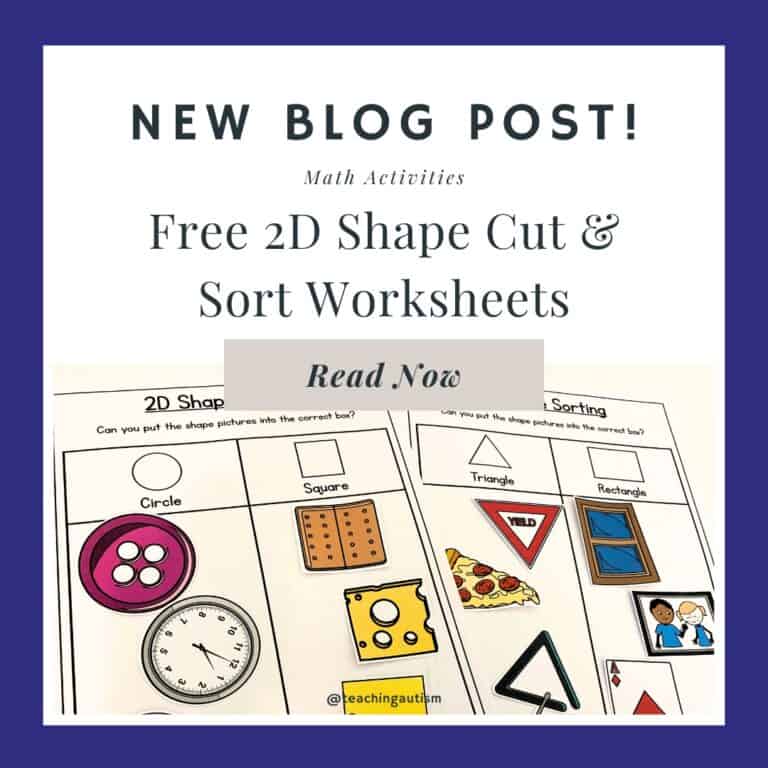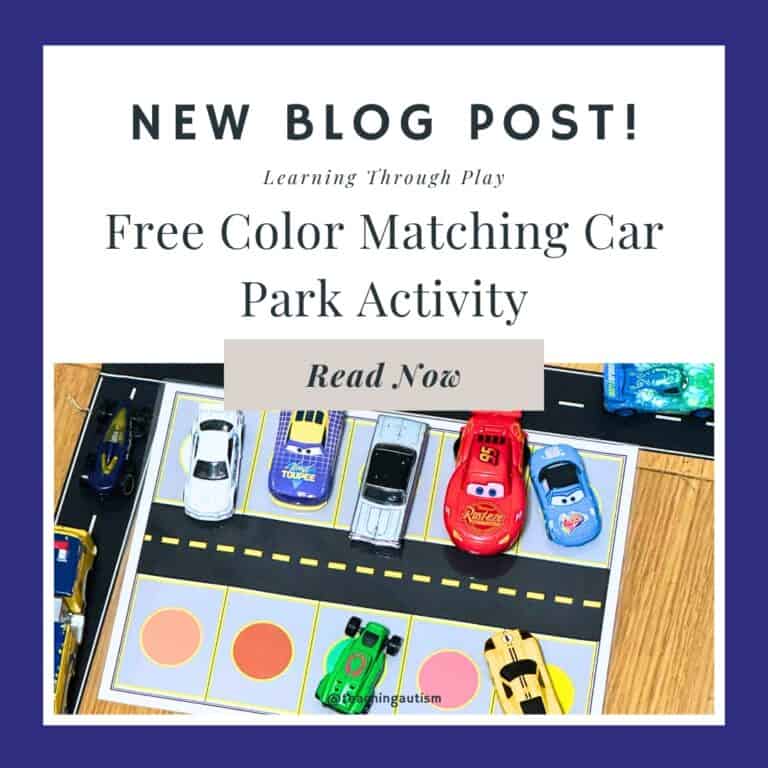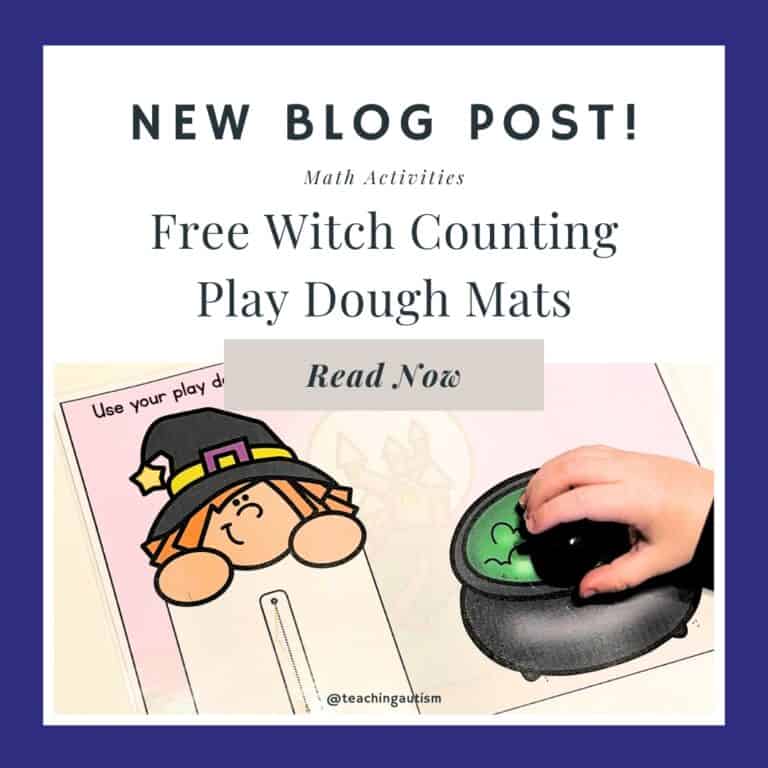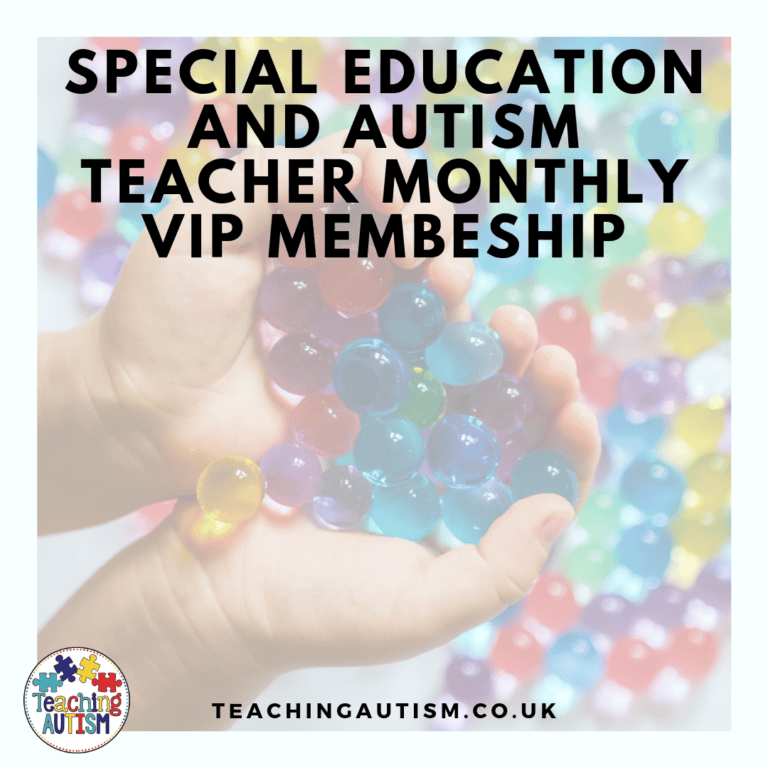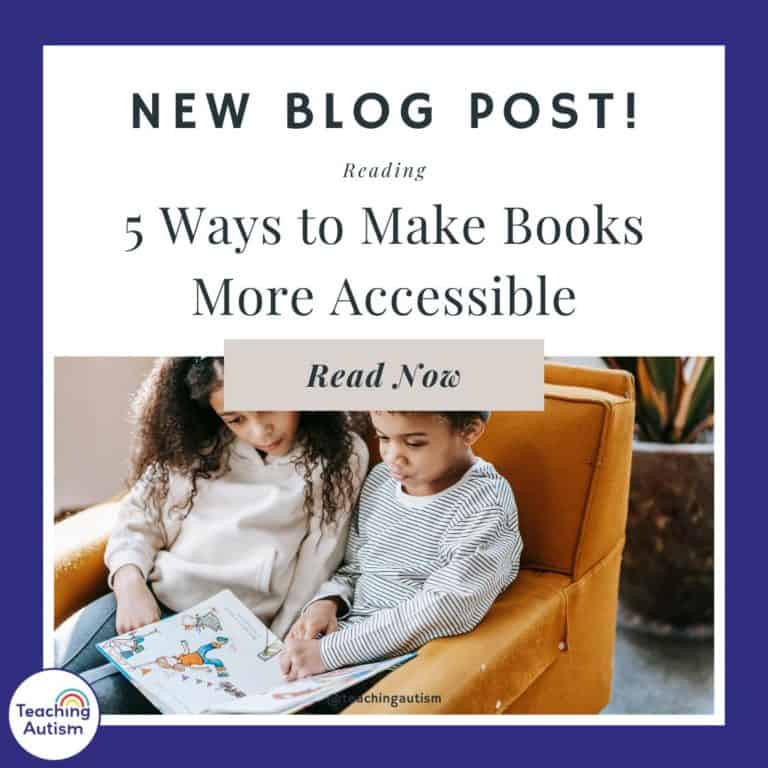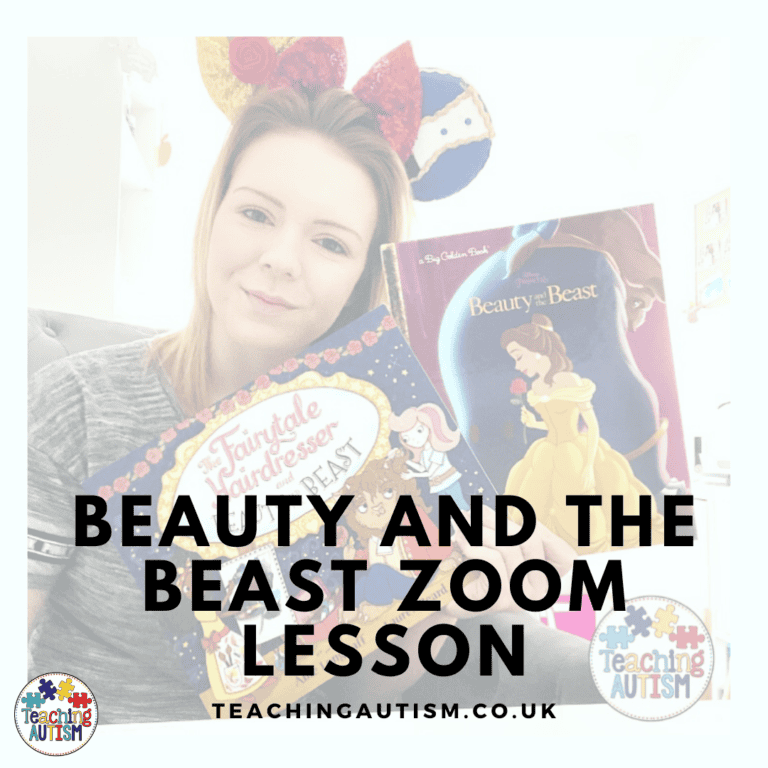Measurement Activities for Special Education
Measurement can be a skill that’s really hard for our students to work on. So today, I’m sharing some of our most successful measurement activities that have worked with our students.
I’m going to be sharing a range of activities for students to work on measuring height length and weight.
Links included in this blog post may be affiliate links. If you purchase an item through an affiliate link, there’s a possibility that I may receive a small % of commission from the sale.

Measuring Themselves
Students love doing things on themselves, but they also love doing stuff to others too – especially adults!
There are some great ways to get a giant ruler in your classroom – you can either purchase one online (Aff. link) or you can make one yourself! You can even involve your students in the process of it to add some extra recording marks in your measuring field!
Get students to stand next to the ruler and have fun ways to record it. Use magnetic arrows, use marker pens, use an extra ruler to put on top of their head to reach the ruler next to them. Record the measurements and include your students with this too. You could either have whiteboards each or a big page of paper where everyone is watching and discussing recording the measurements.
This is also a great way to compare student heights – who is taller. If students will struggle with the concept you can show how the adult is taller than the student (in most cases anyway!).
Hobbies and Interests
We all know that one of the easiest ways to get students learning is to use something that interests them. For example, if you have a student who loves dinosaurs, pick up some cheap dinosaur toys like these. (Aff. link).
Have them measure the different dinosaurs, record the measurements and compare which ones are the longest/shortest etc. The activity will instantly become more attractive to them when they are using something of interest to them, it will make the activity more fun and they will be more willing to participate – 9 times out of 10!
Hands and Feet
This can be a tough one, but if you get it working, it’s going to be great fun for you and your students. Get students to put their hand or foot on a piece of paper, then they – or you – draw around their hand/foot.
Now, you can either use rulers to measure everyone’s body parts or you can use different items around the room. Think of multi link cubes, duplo etc.
Another way is to cut out each of their body parts. Put students name in the middle of it so you know who they are, and compare so that you can all compare who has the shortest/longest hand/foot.
Numicon
If you’re like us, you have Numicon available to use in your class but you just don’t get enough use out of it. (Aff. link.)
Measuring is a great time to pull it out! You can use it in so many different ways and get students to measure by counting the ‘holes’ – it provides an easier alternative to rulers and introducing cm/mm etc.
You can use previous ideas of what to measure them with – get students to lay on the floor and use Numicon pieces to measure them. Get their favourite items and measure them with Numicon, measure the lengths of equipment you have around the room – tables, chairs etc.
Just make the most of whatever you can find in the room – send your students on hunt to find stuff that is so long.
Using Feet
This activity is always a LOT of fun – so prepare yourself for a lot of giggles! First, get students – or you – to draw around their feet on piece of paper/card.
Then, cut out the feet individually, laminate them if you think this will help and then have your students use their feet to measure distances around the room by placing the feet one after another.
This could be something as simple as measuring steps from the chair to the table, from the door to the wall, from the classroom door to the toilet door etc.
Everyone is going to be having different answers – which is ok – because everyone has different sized feet! It’s a great way to compare measurements and feet sizes.
Cooking
Cooking is a LOT of fun. And I don’t think I’ve met a student who doesn’t enjoy it. You can find lots of information about cooking here. But for today, I want to talk about how much more fun measuring can be during cooking sessions. Students can;
- Look at measurements in recipes.
- Students use weighing scales to weigh out the ingredients to match the recipes. (Aff. link)
Weighing Scales
We love using weighing scales in our classroom. (Aff. link). You can have students compare the weights of their favorite items. You can have them balance items to get the same measurements.
There’s so many fun ways that these can be used. And they’re great for getting your students to think about measurements; what is heavier/lighter etc.
Unifix Cubes
You can have students build Unifix cubes to measure the height and length of different items. (Aff. link) This is also a fun way for them to work on recording measurements as well.
I hope you found this blog post about measurement activities for kids helpful. Please consider sharing it with your friends and colleagues on social media. If you’re looking for more math resources, you can find some great ones here.
Click here to sign up for a 3 day free trial of our VIP membership where you can get access to a whole range of resources, activities, lesson plans, templates and so much more!



